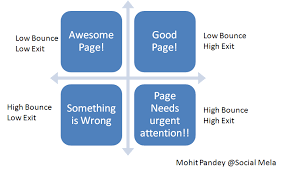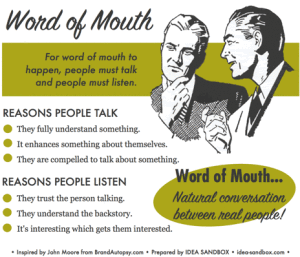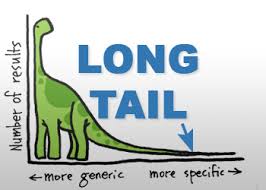Debt is a four letter word to some in the business world. Numerous entrepreneurs such as Mark Cuban believe that there is no need to start a business with a loan or with a great amount of capital. However, some business owners must accrue debt to even open their doors! The differing opinions could cause many to fear debt. However, debt can benefit your business even if you are in the black.
- Not exchanging capital for equity
However tempting it is when capital is low to consider bringing in investors, relinquishing control that made your business successful may not be the best strategy. Many investors would want a say in the operations possibly leading to tension, which could then circle back around as an effort to try to buy out your business partners. Loans would increase your capital without taking on new governing members. Keep the profits in your pocket with some financial options from a reputable lender.
2.ROI is higher than the debt
They say in business that you should take any job that comes your way in the beginning, but most of us appreciate bigger projects with the potential for a solid profit. If you own a catering company that has been handling small affairs such as bat mitzvahs or school dances, the chance at weddings could put your operations into the black. However, if you have been used to smaller venues then the opportunity could be missed as a result of lacking the proper equipment. With a loan, the equipment could be delivered and new growth could be accelerated as a result. This scenario could apply to any number of businesses, from crafters to bulldozers.
3. Expecting the unexpected
What if your business is discovered, such as the company that designed what they bragged to be the best hoodie in the world? The demand soared, but, unfortunately, the inventory was low. As a result, there was a six month waiting list which could have soured their financial future had the company not been able to act quickly and amp up their manufacturing capabilities.
The risk was not only being able to keep inventory, but also prevent a knockoff from reaching the market and diluting their demand. Loans enabled the company to stay afloat and incorporate more factories to operate at maximum capacity. In business, miracles like this can happen, even though, no one can truly expect the unexpected enough to plan for the arrival. Loans can help keep up with unexpected demands.
4. Seasons change
Some products are seasonal, such as Christmas decorations or artisan chocolates. There may be a spike during the busy seasons, but when demand is slow there needs to be a financial cushion. This cycle is expected and part of the business, but can be pushed to the side when businesses such as hotels in the summer forget the darkness of winter. Each season is unique in its demands and offerings. One year in tourist-centered businesses, customers could demand low carb options for their brunch, while the next year demand could be centered on making everything gluten free. A loan could cushion the months when cash flow is slow with the ability to pay back in installments throughout the year leaving a business owner able to focus on profits.
5. Allow cash to flow
Most of us already have debt from mortgages, college tuition, and credit cards. If we paid for everything without debt, our cash reserves would quickly be tapped. Loans allow cash to flow throughout the avenues of your business without hindrance. Entrepreneurs cannot always afford to purchase big ticket items such as new equipment upfront or in cash. While not all debt makes sense, some debt allows businesses to accelerate growth while being liquid.
Would a working capital loan help your business run more smoothly and enable your business’ growth to accelerate? We can help you get approved in just 7 to 10 business days! To schedule an appointment to talk to one of our loan representatives click here! Or, learn more about the approval and payback process for our loans visit https://www.facebook.com/ARFFinancial for more information today.
A working capital loan is ideal for all businesses that want to take advantage of new growth opportunities and keep customers returning even with price changes.
• Less than perfect credit is not a problem
• Collateral is not required on amounts up to $725,000
• Flexible terms up to 18 months
• Approvals granted in 7 to 10 business days
• Fixed payments and interest rate
• Interest is tax deductible
• Not linked to credit card sales
Learn more about our business loan approval and payback process today to improve your restaurant and keep customers coming back for years to come.








